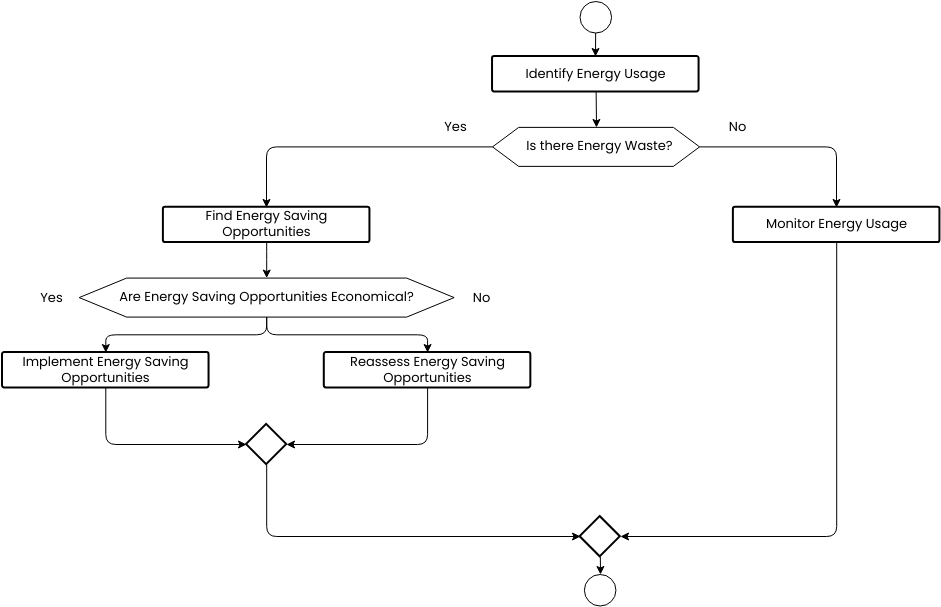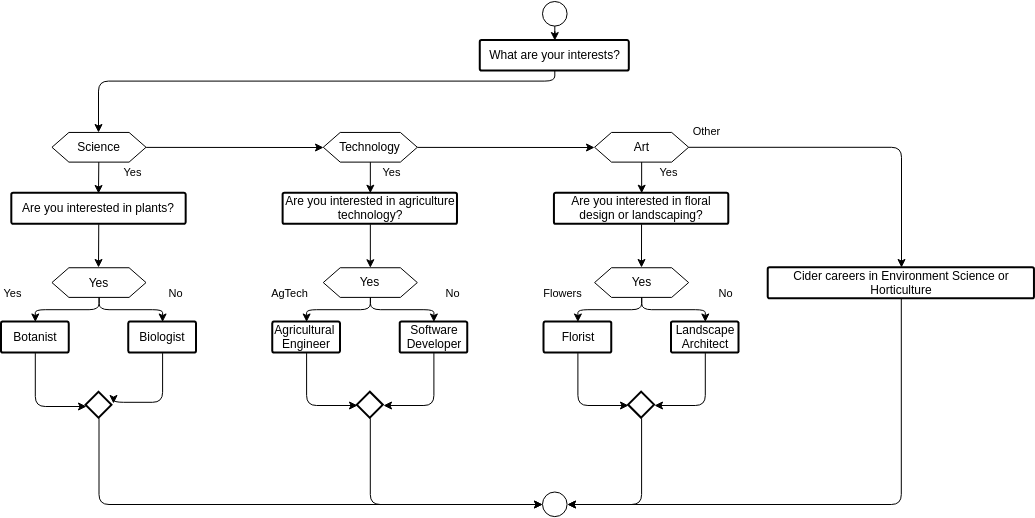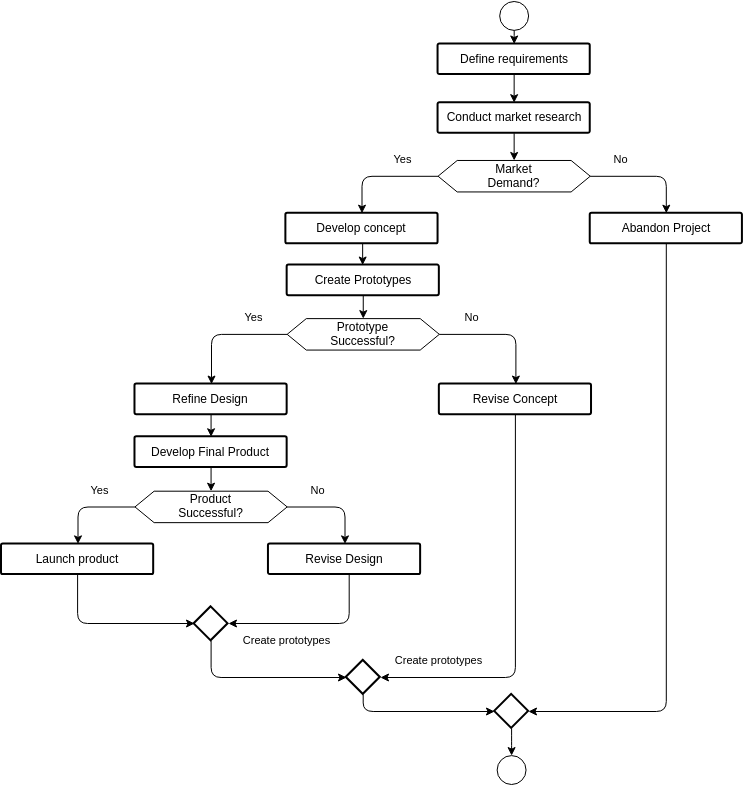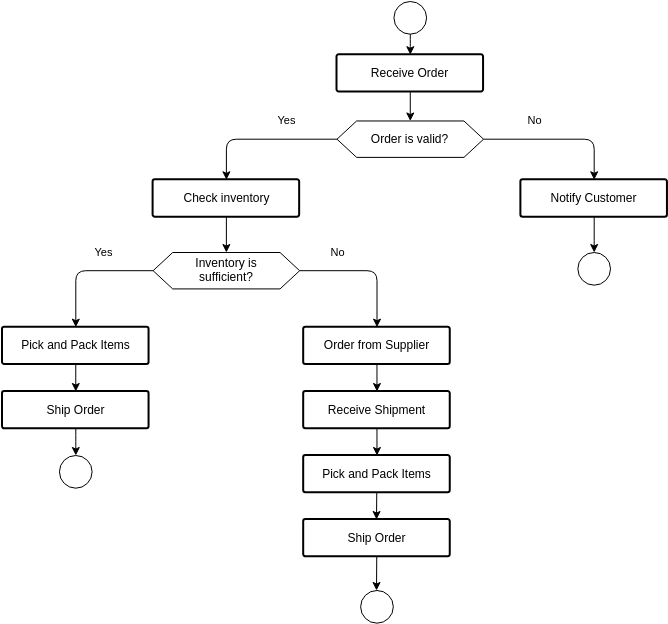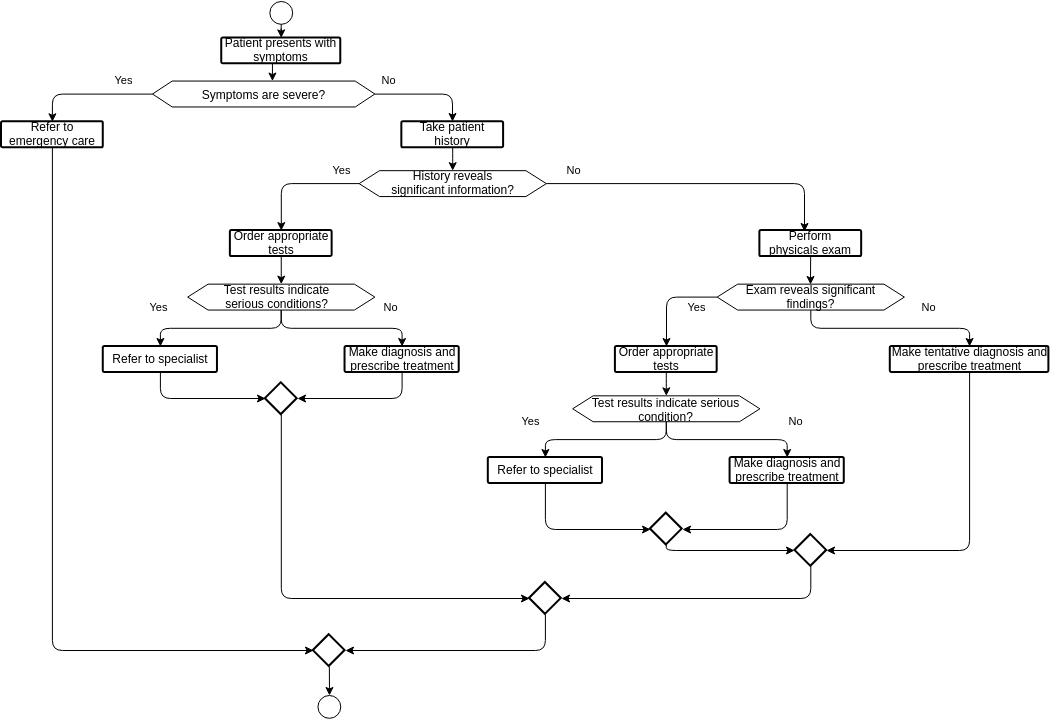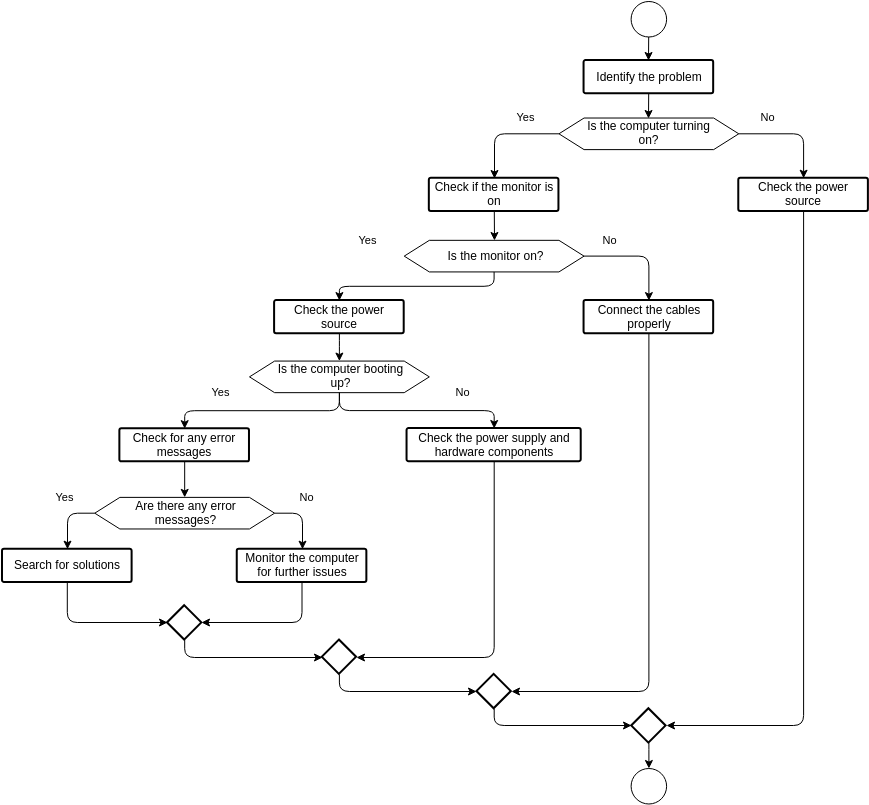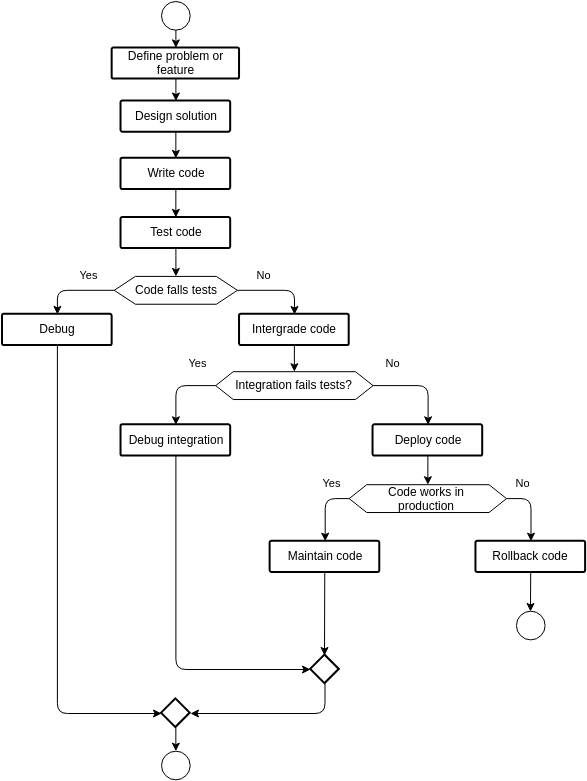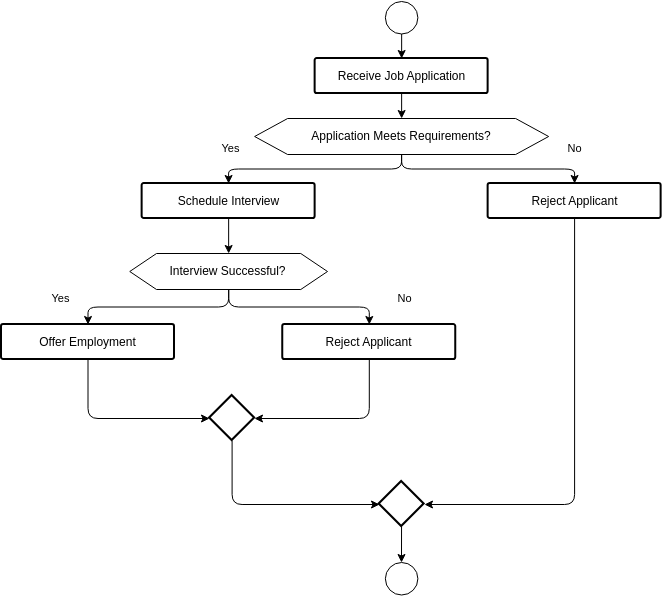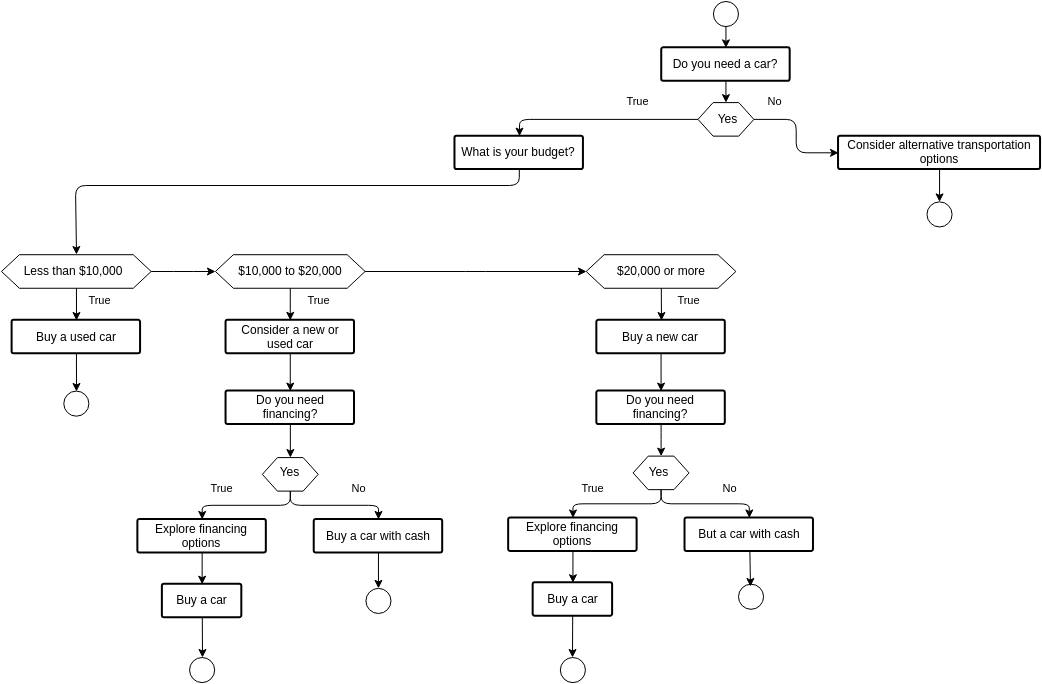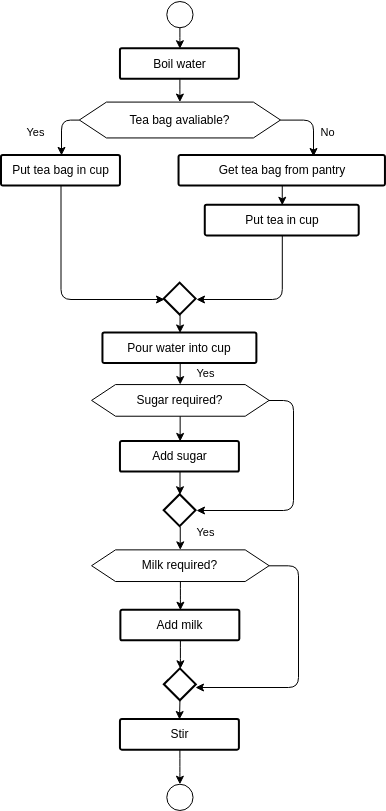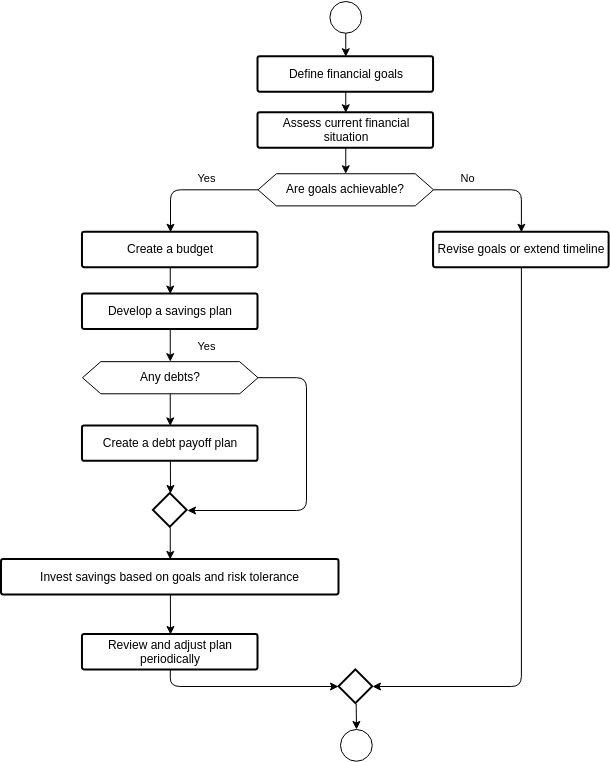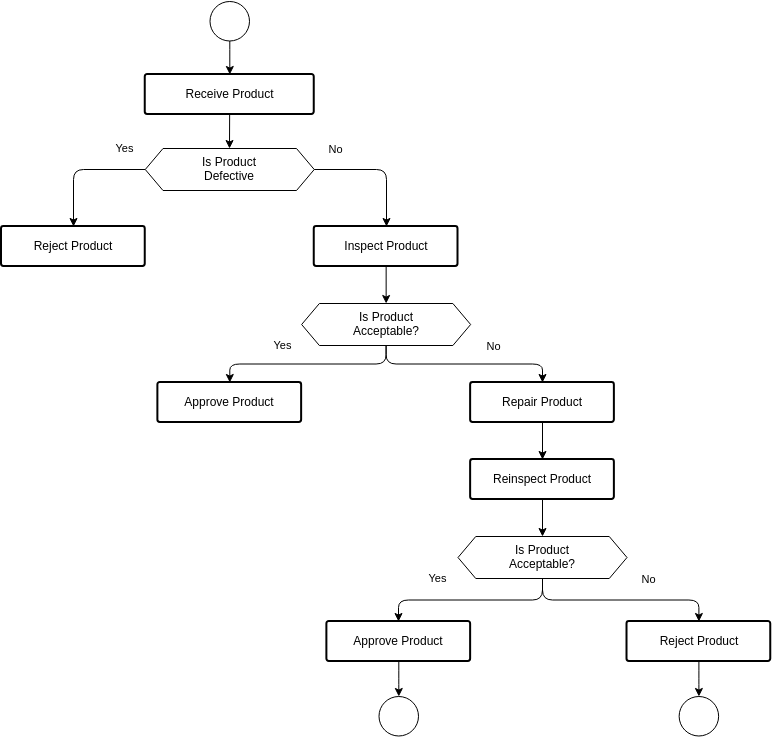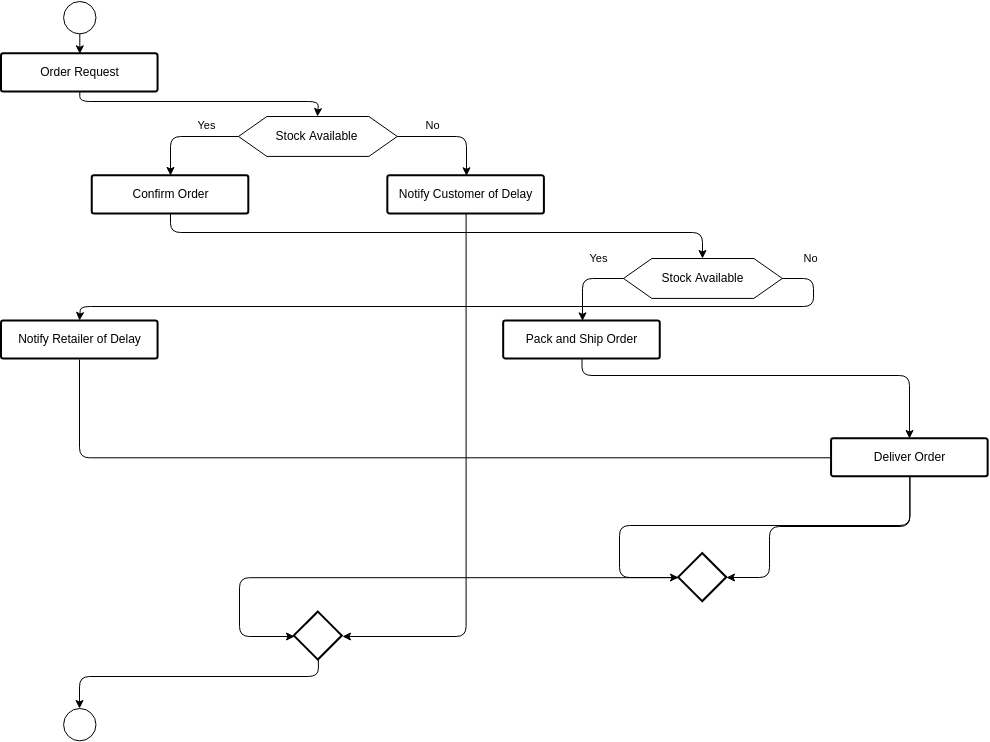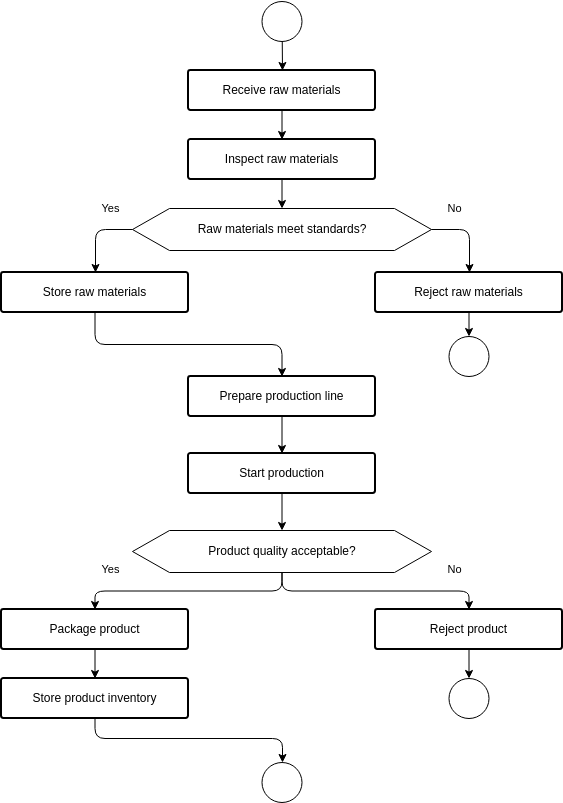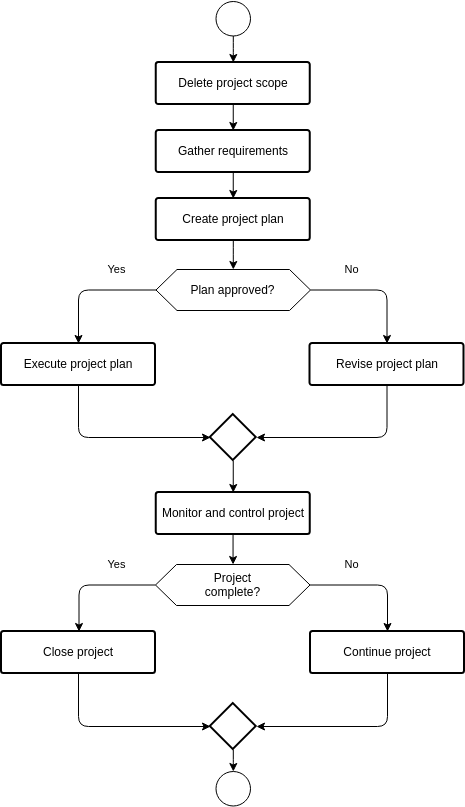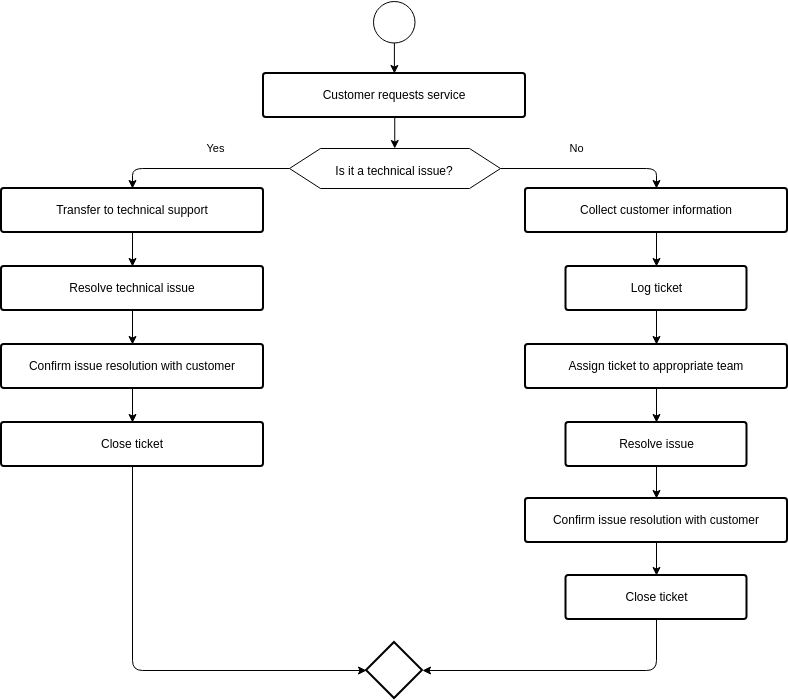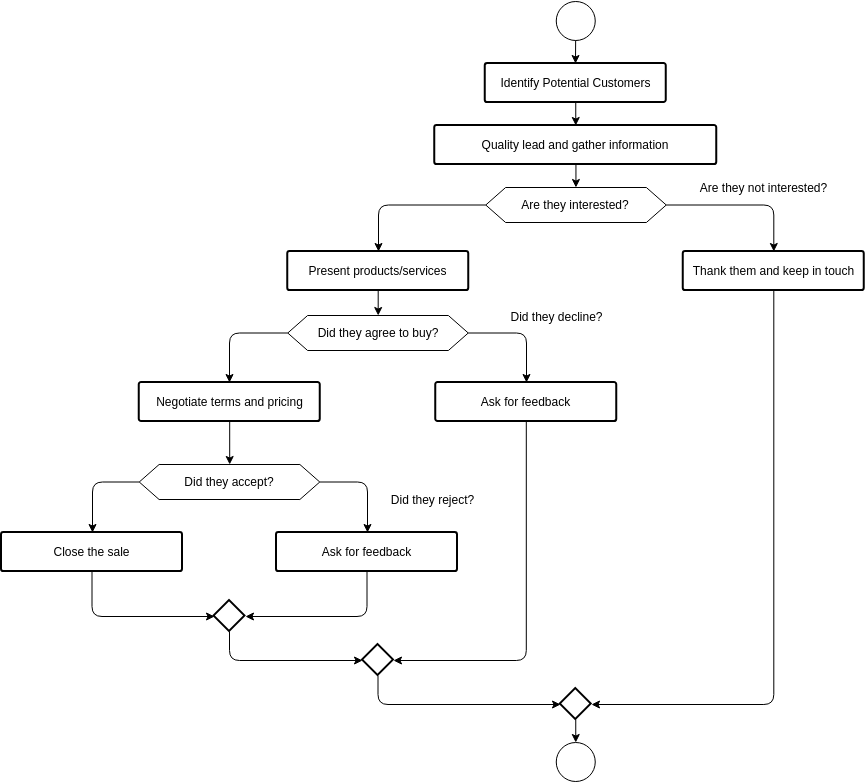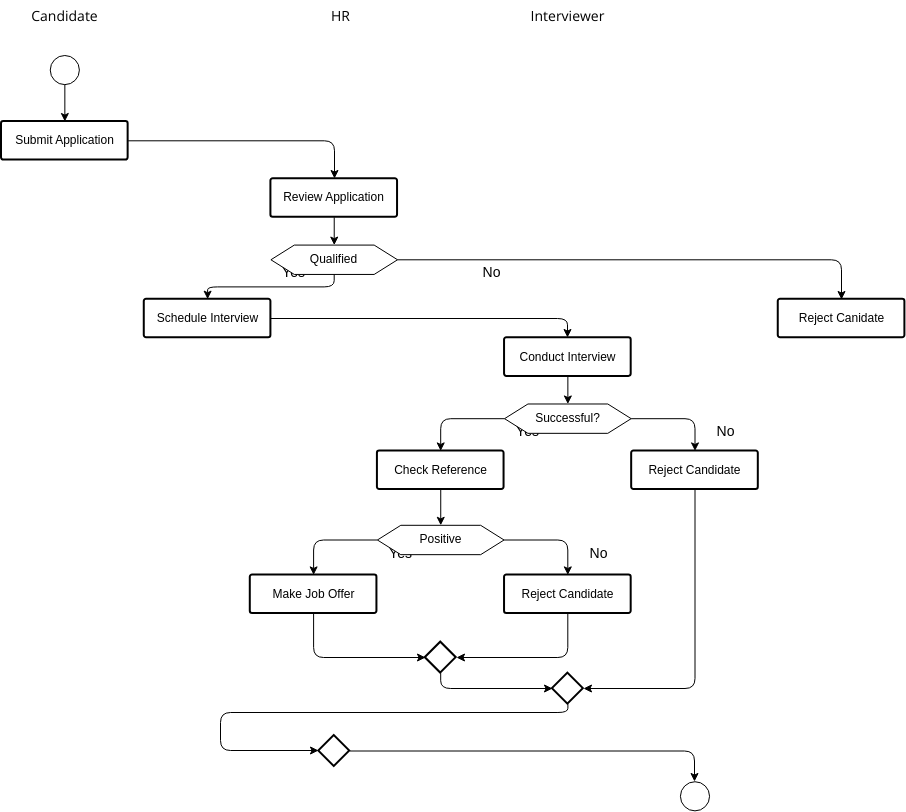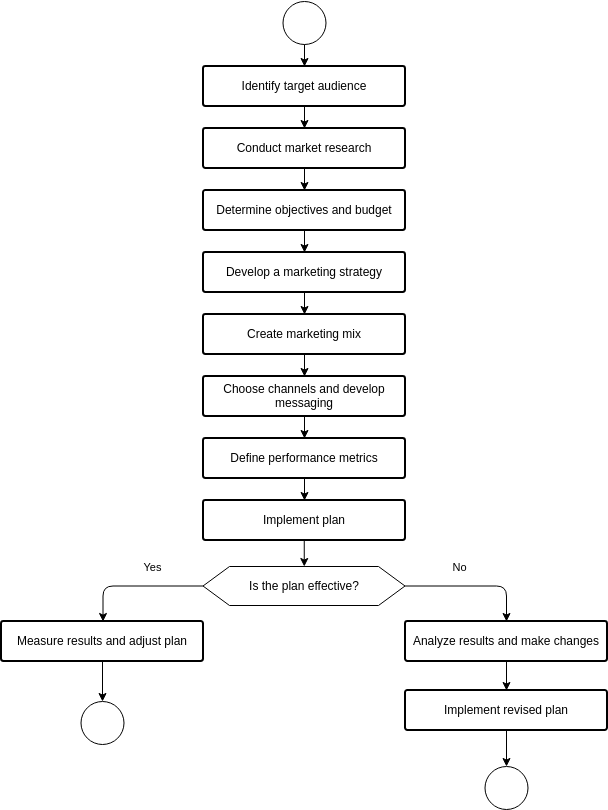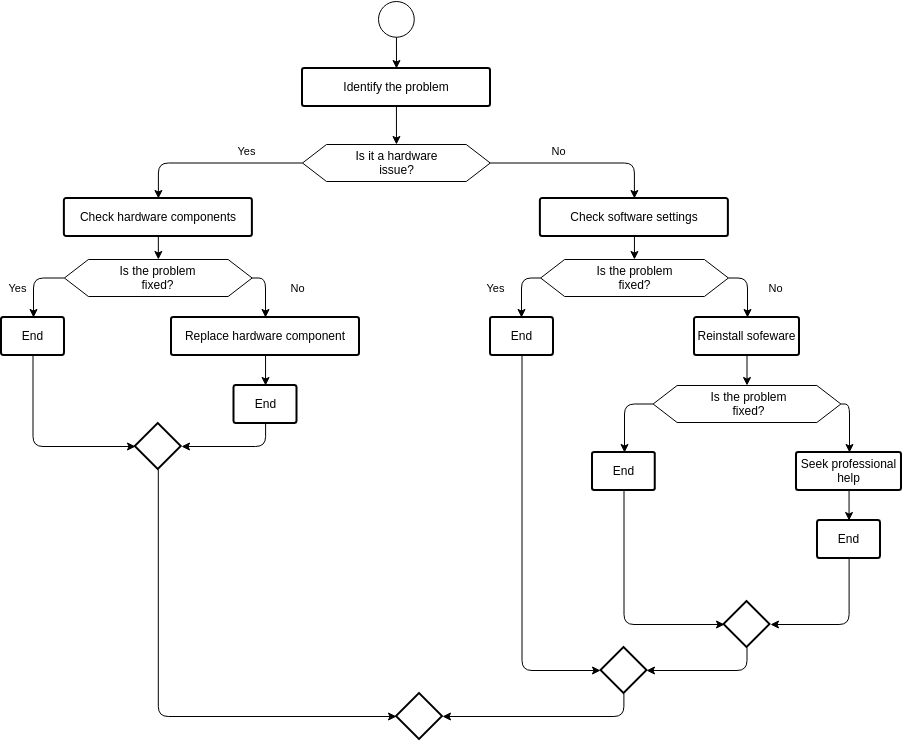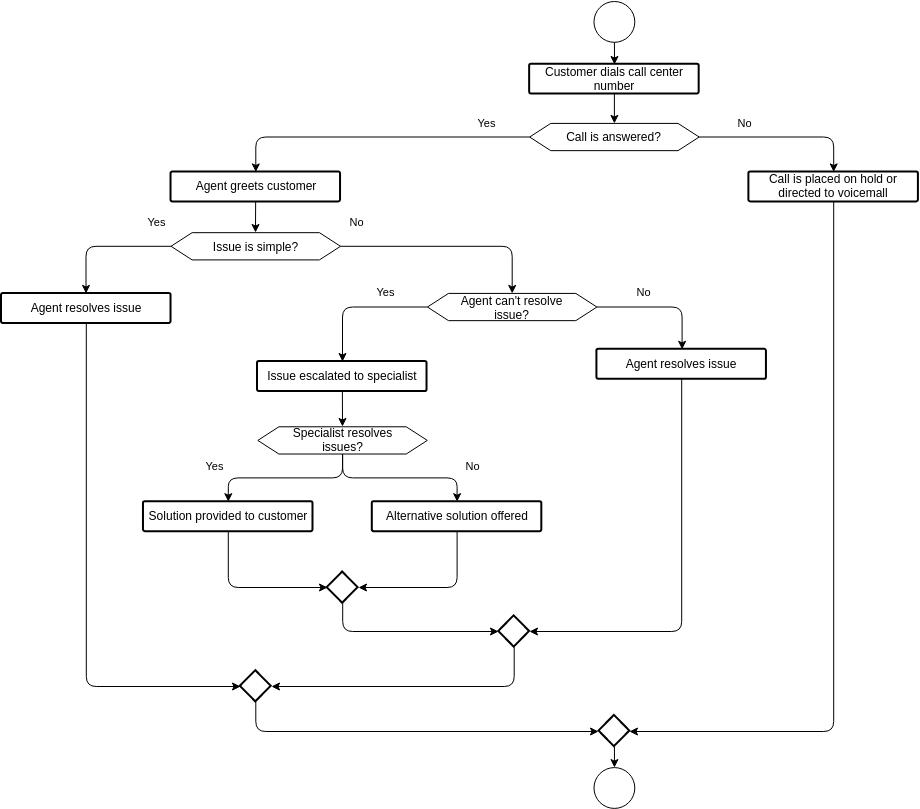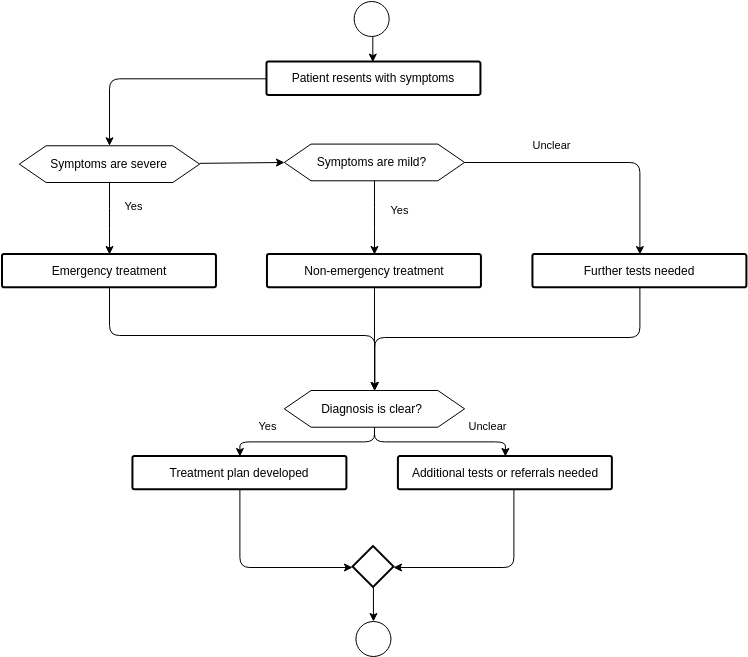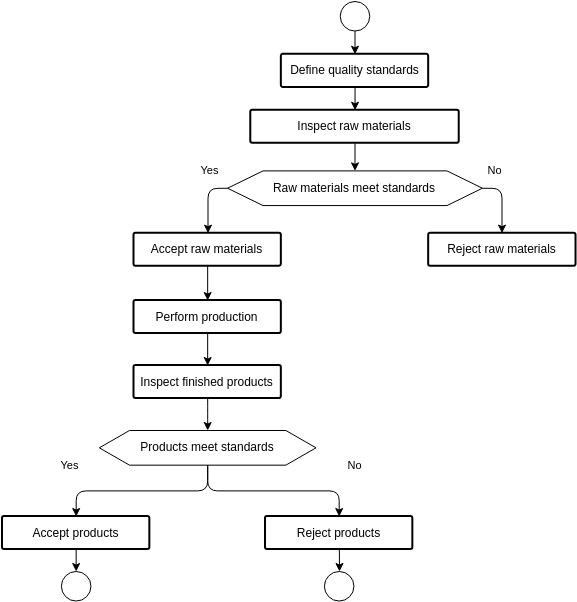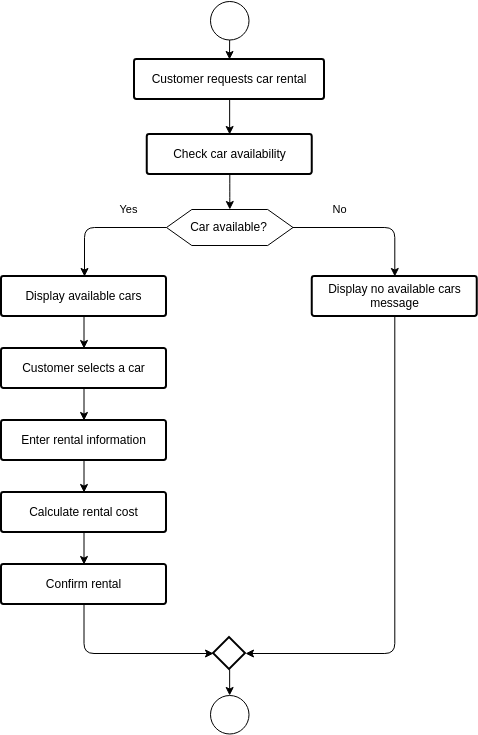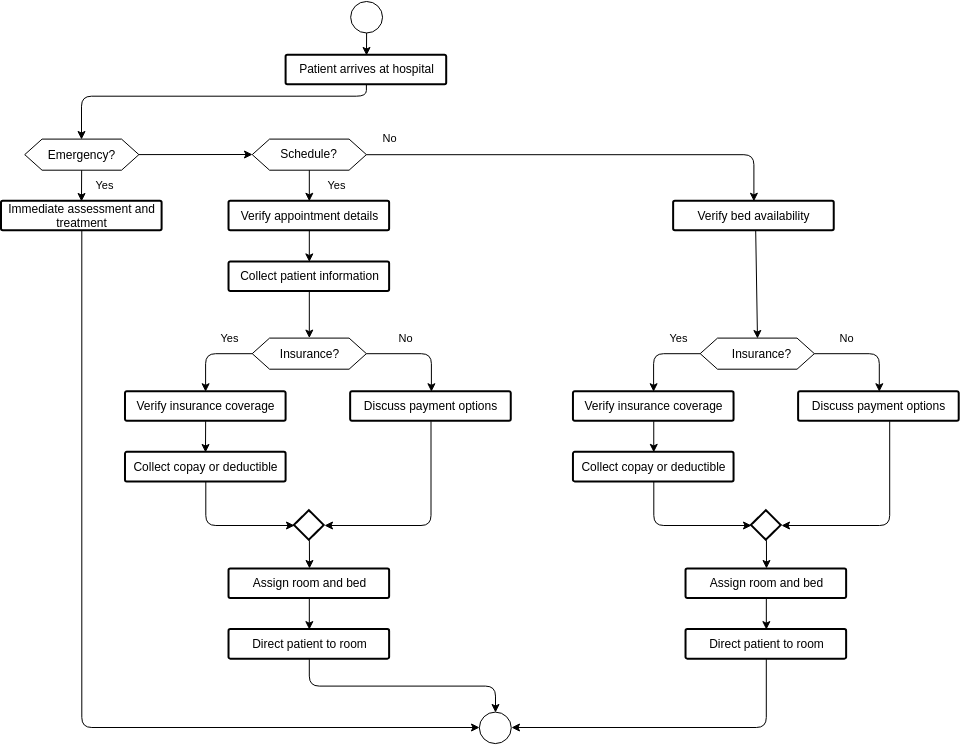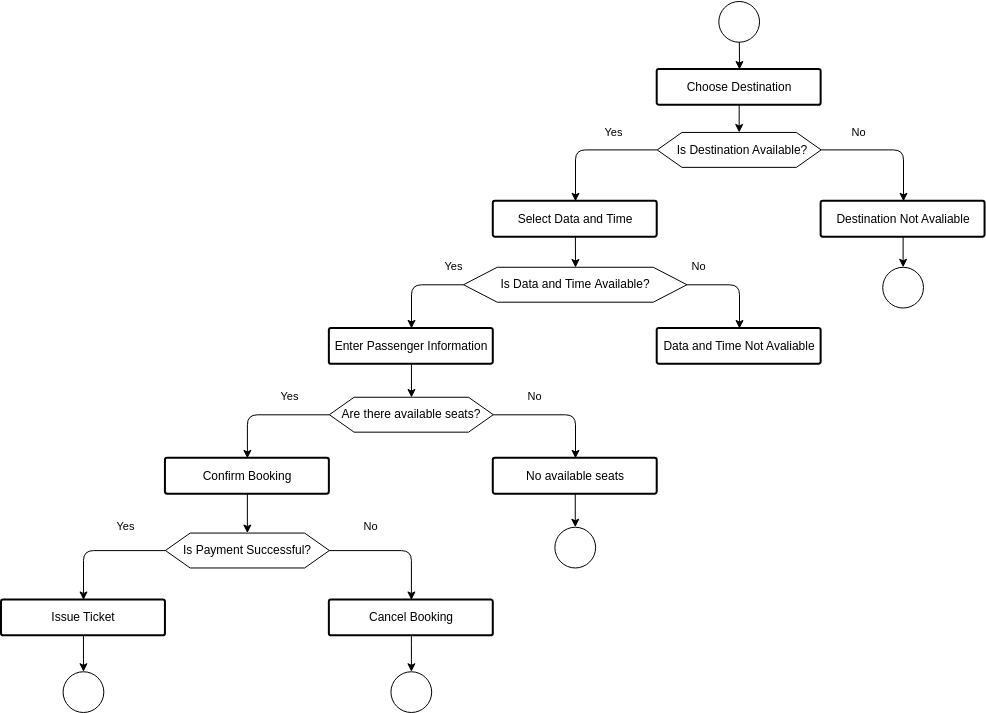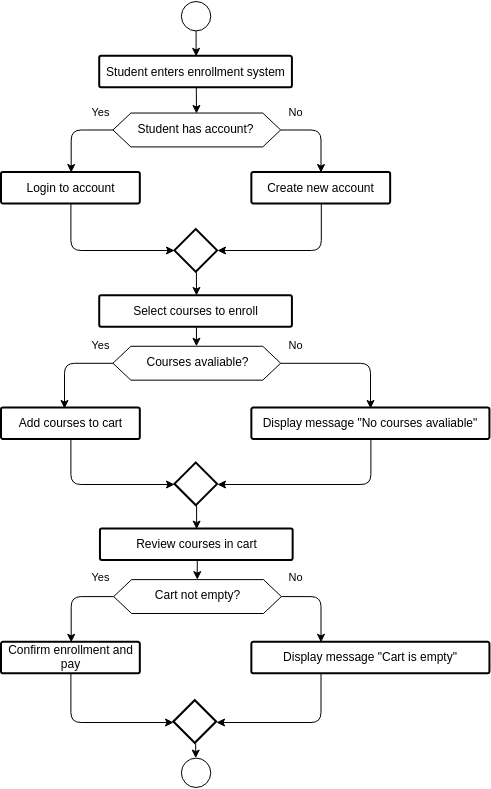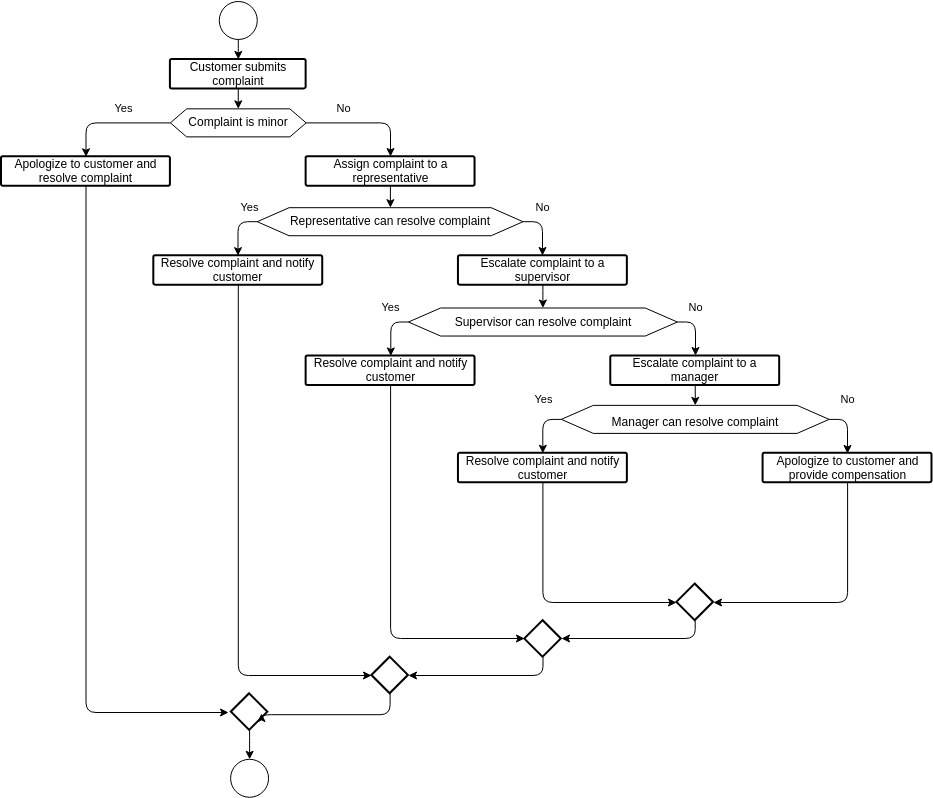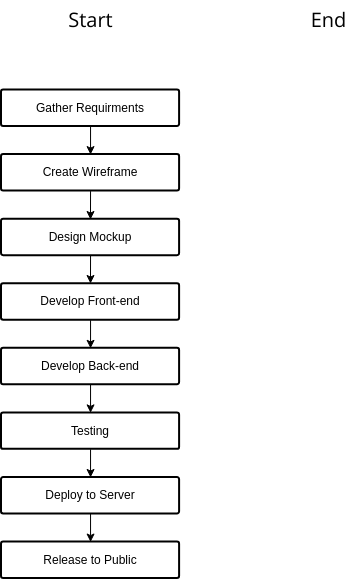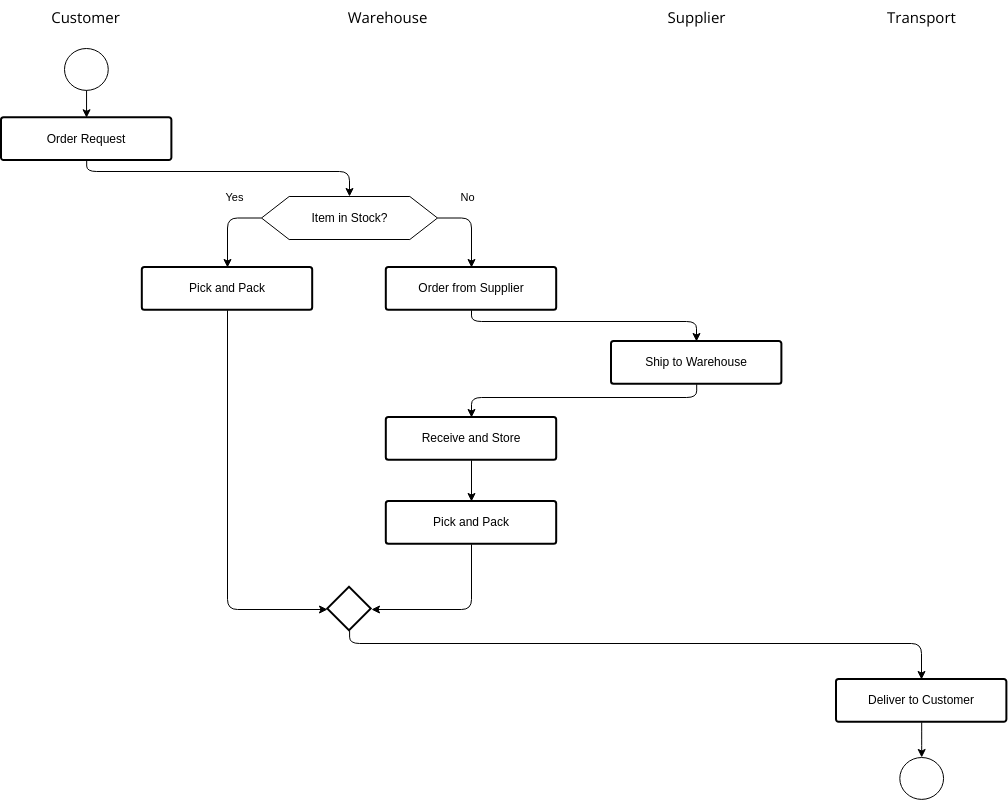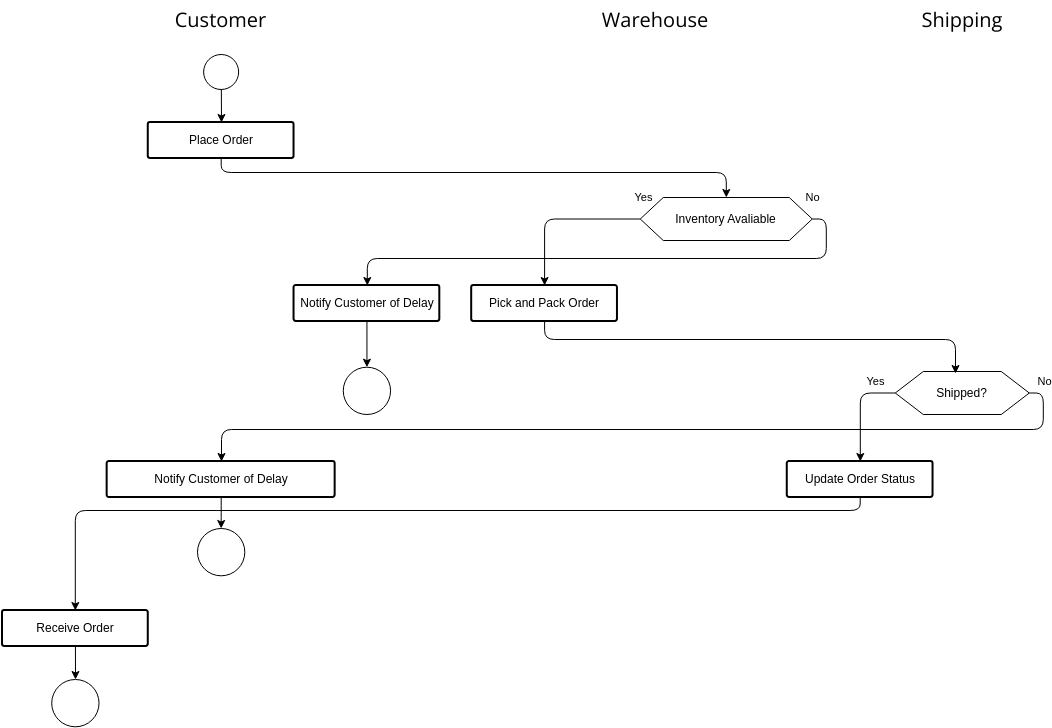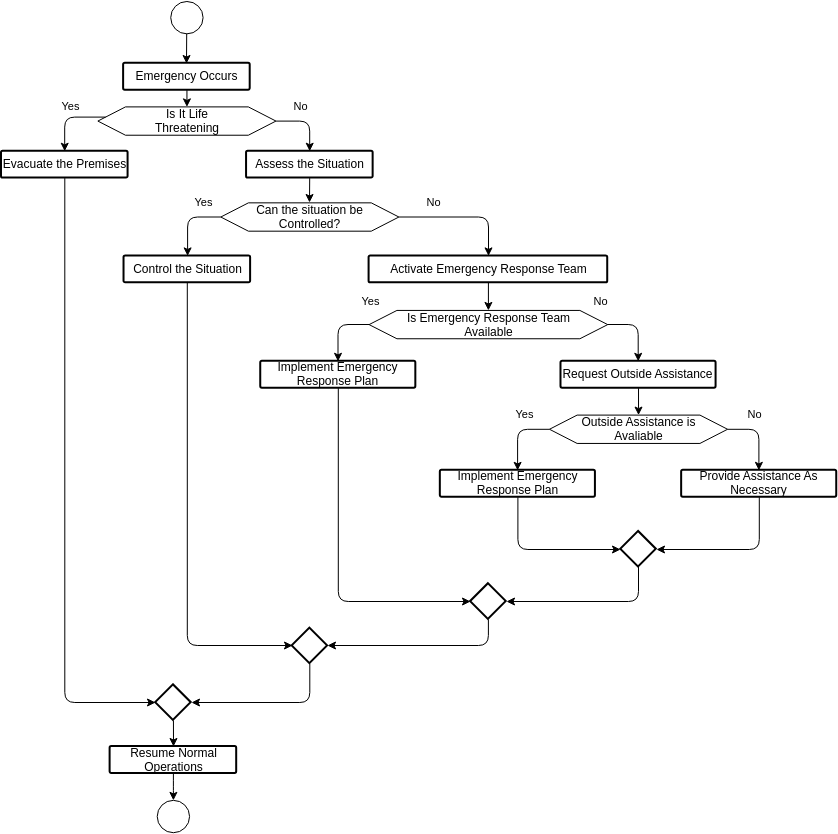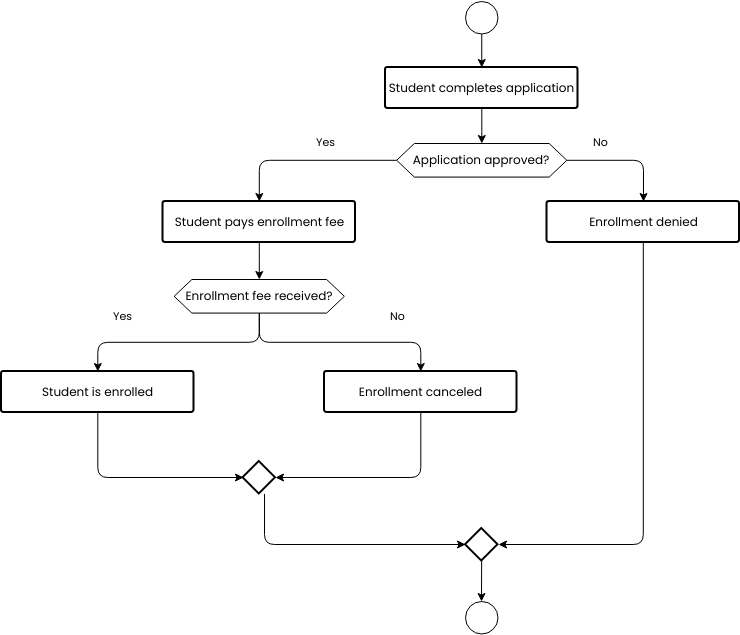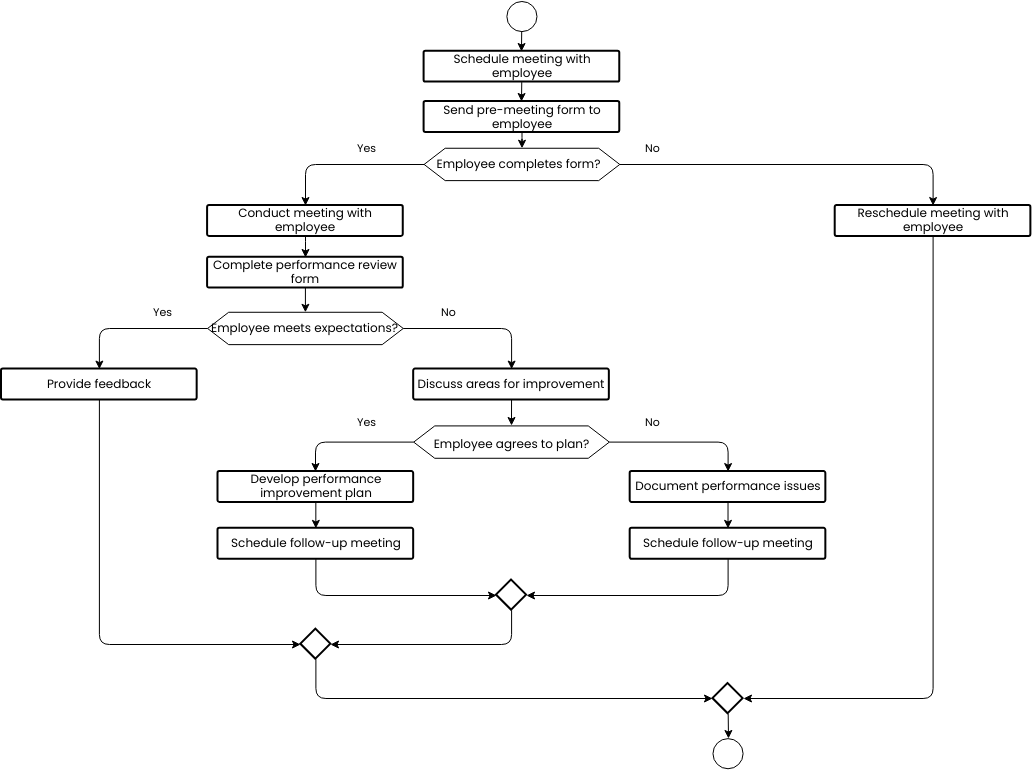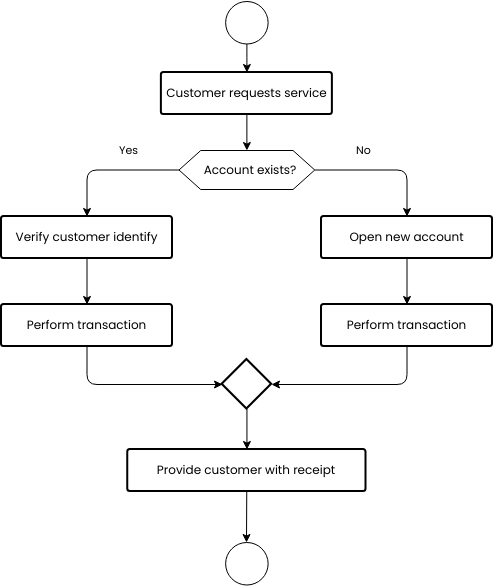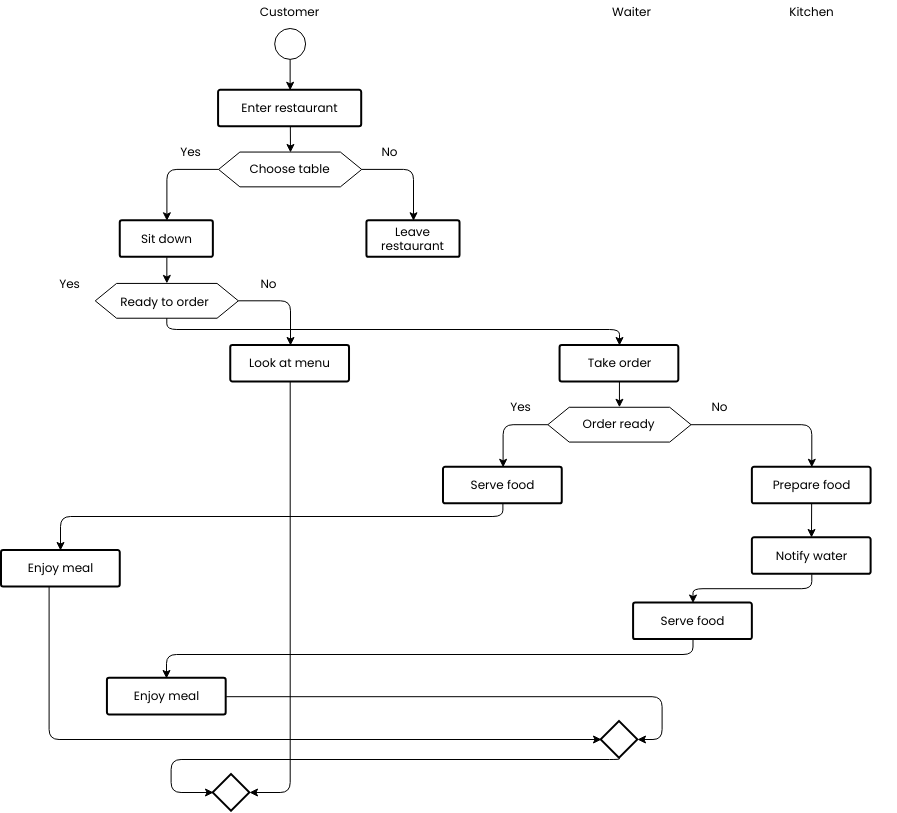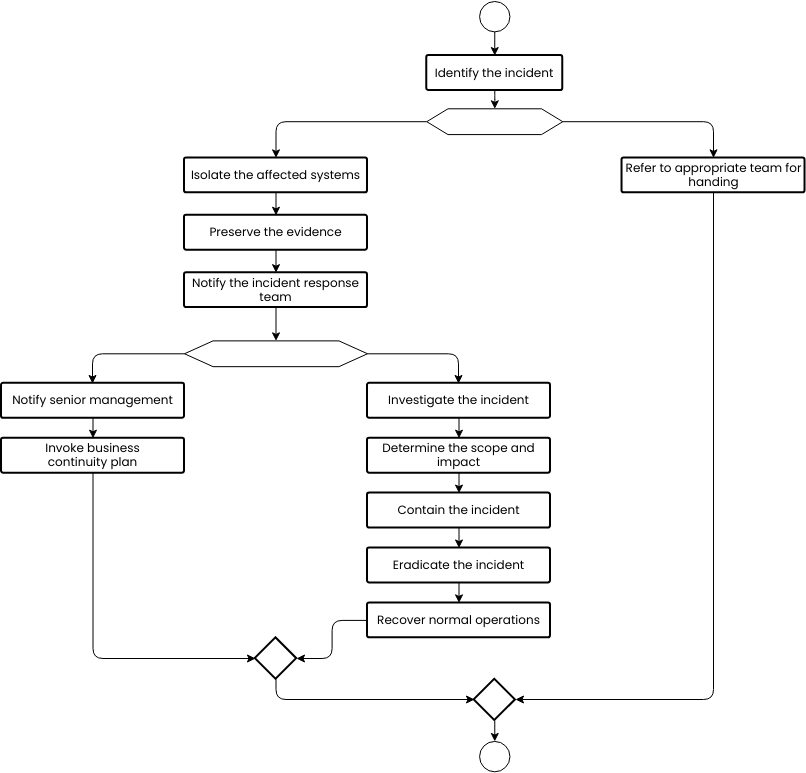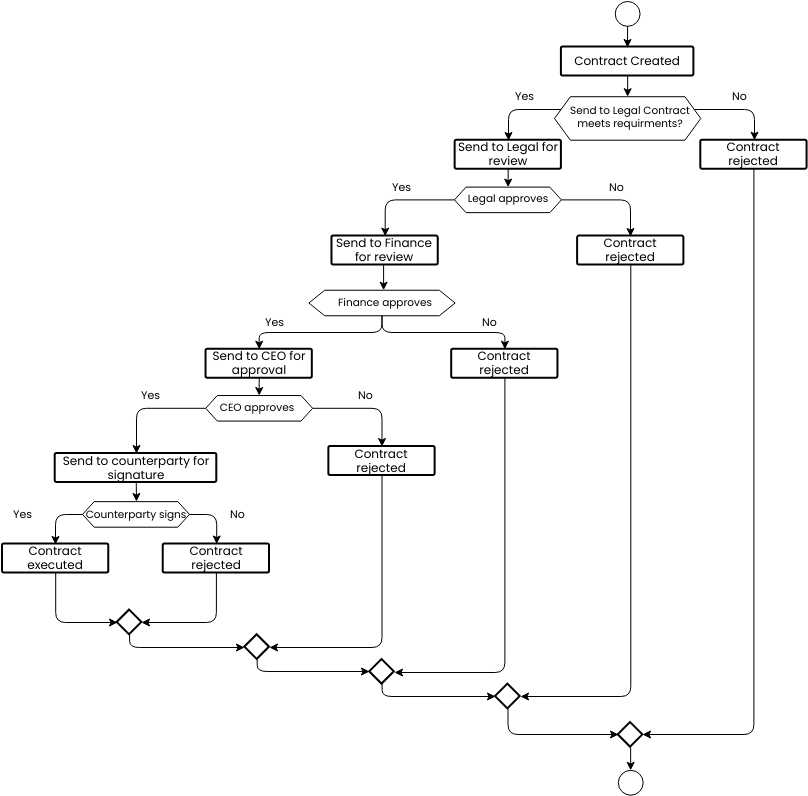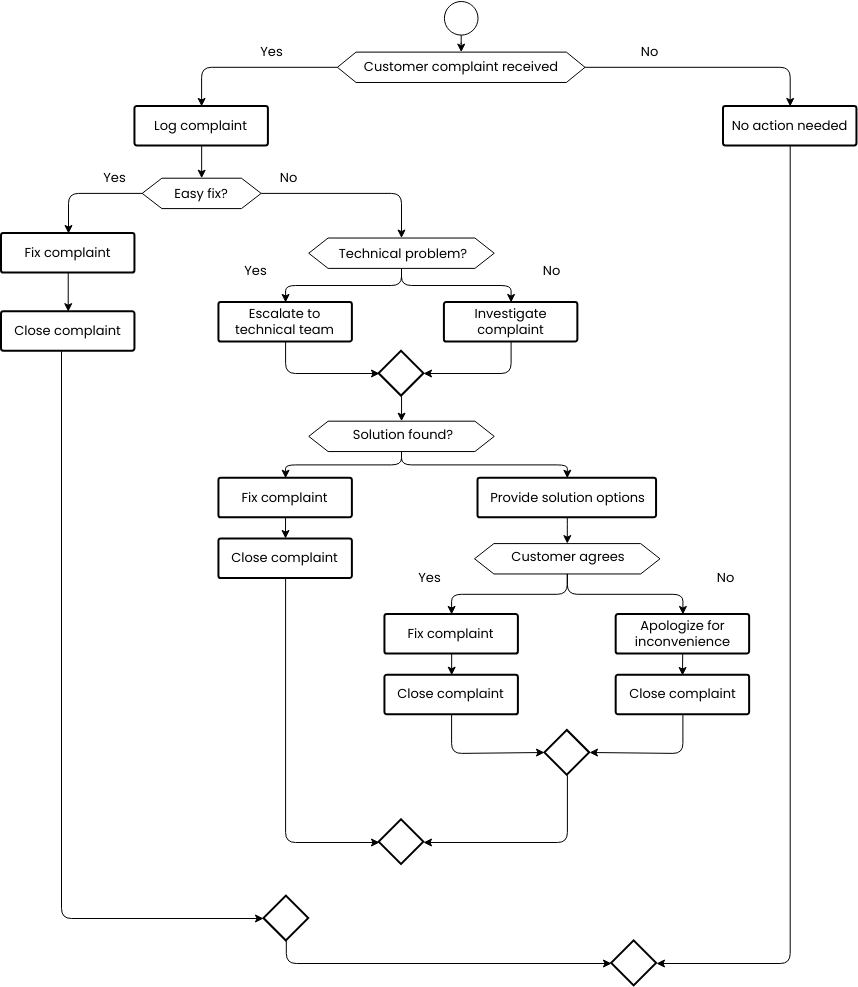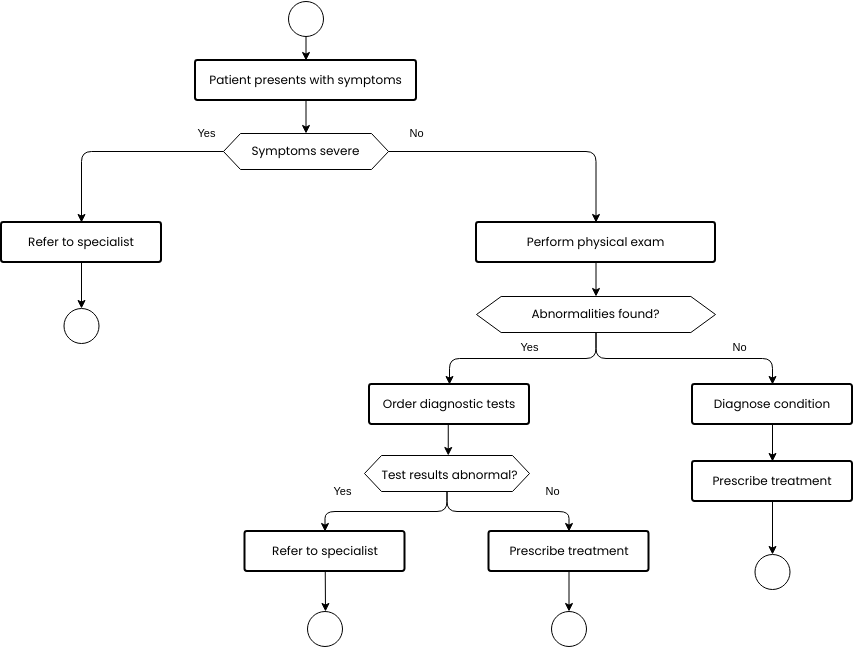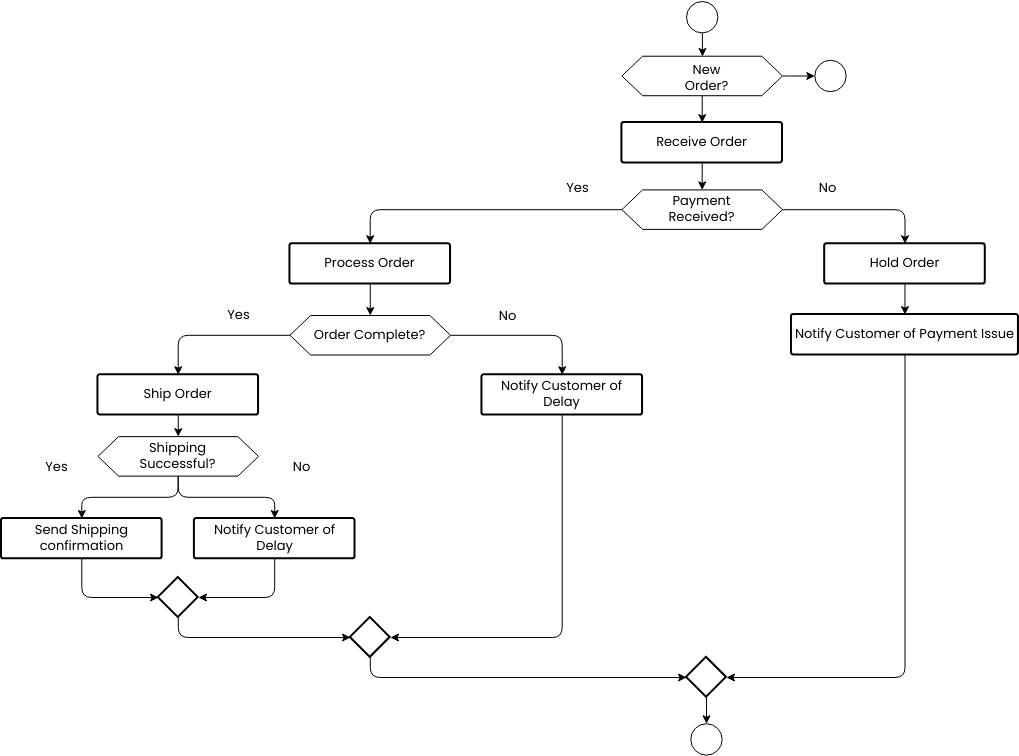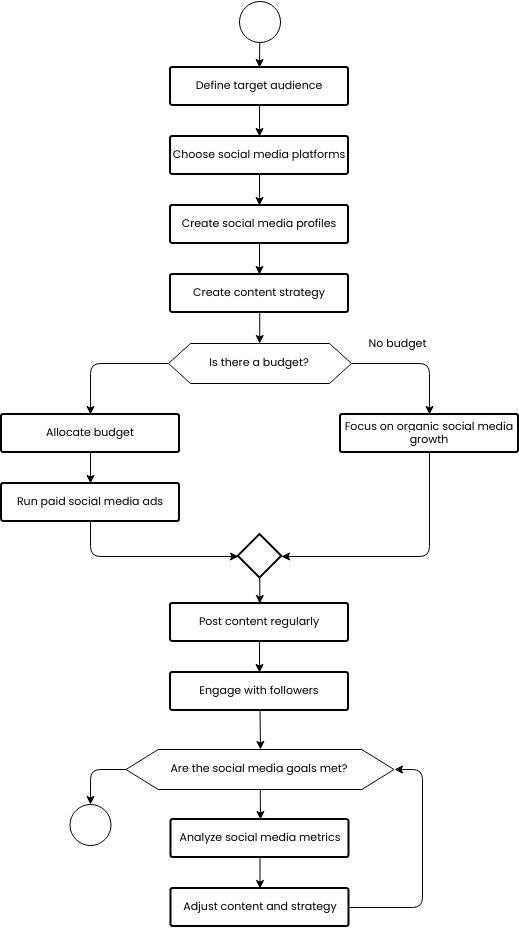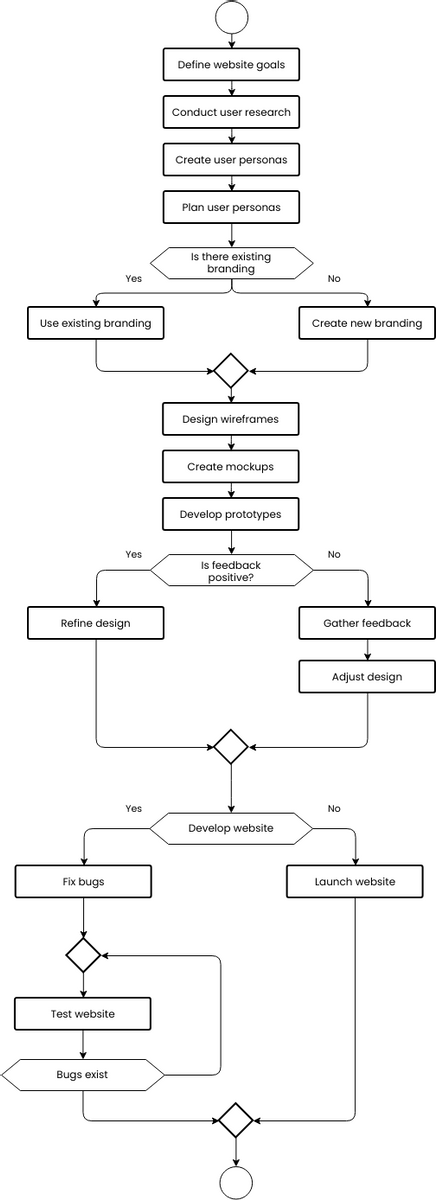The Identify Energy Usage flowchart outlines the steps involved in managing energy usage within a business. The first step is to find energy-saving opportunities. This involves analyzing the energy usage of the business to identify areas where energy is being wasted or used inefficiently. Common areas where energy can be saved include lighting, heating and cooling systems, and equipment.
Once energy-saving opportunities have been identified, the next step is to implement them. This can involve making physical changes to the business, such as installing energy-efficient lighting or upgrading to energy-efficient equipment. It can also involve changing behavior within the business, such as turning off lights and equipment when not in use.
Implementing energy-saving opportunities is important as it helps to reduce energy usage and costs, and can also improve the sustainability of the business. By reducing energy usage, businesses can also reduce their carbon footprint and contribute to a healthier planet.
Regularly reviewing and updating the Identify Energy Usage flowchart can help businesses to maintain a focus on energy efficiency and identify new opportunities for energy savings. By regularly monitoring energy usage and identifying new opportunities for energy savings, businesses can continue to improve their energy efficiency and reduce their environmental impact.
Overall, by following the Identify Energy Usage flowchart, businesses can effectively manage their energy usage and reduce their environmental impact. By finding energy-saving opportunities and implementing them, businesses can reduce energy costs, improve sustainability, and contribute to a healthier planet. Regularly reviewing and updating the flowchart can help businesses to maintain a focus on energy efficiency and identify new opportunities for energy savings.
Benefits of creating this flowchart
Creating an Identify Energy Usage flowchart provides several benefits to businesses. First, it helps businesses to identify areas where energy is being wasted or used inefficiently. By analyzing energy usage, businesses can identify opportunities to reduce energy consumption, lower energy costs, and improve their sustainability. Implementing energy-saving opportunities can also enhance a company's reputation, attract environmentally conscious consumers, and improve long-term profitability and success.
Second, the Identify Energy Usage flowchart helps businesses to maintain a focus on energy efficiency. By regularly reviewing and updating the flowchart, businesses can continue to identify new opportunities for energy savings and improve their energy efficiency over time. This can help to reduce energy costs, improve sustainability, and reduce the environmental impact of the business. Proper energy management can also help businesses to comply with regulations and reduce the risk of fines or penalties for non-compliance.
Overall, creating an Identify Energy Usage flowchart is an important step for businesses to manage their energy usage and improve sustainability. By providing a clear and structured approach to energy management, businesses can reduce energy costs, enhance their reputation, and contribute to a more sustainable future. Regularly reviewing and updating the flowchart can help businesses to maintain a focus on energy efficiency and identify new opportunities for energy savings, resulting in long-term success.
Are you looking for flowchart templates? Visit Visual Paradigm Online right away to choose a few styles for customization!
